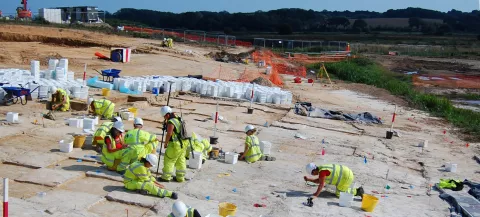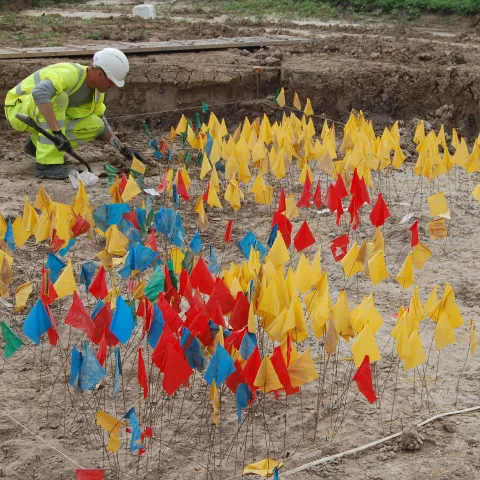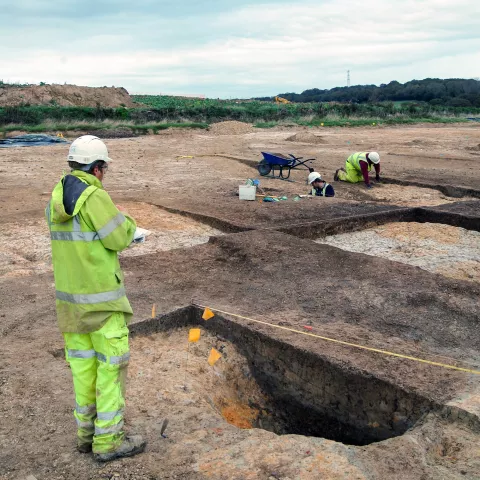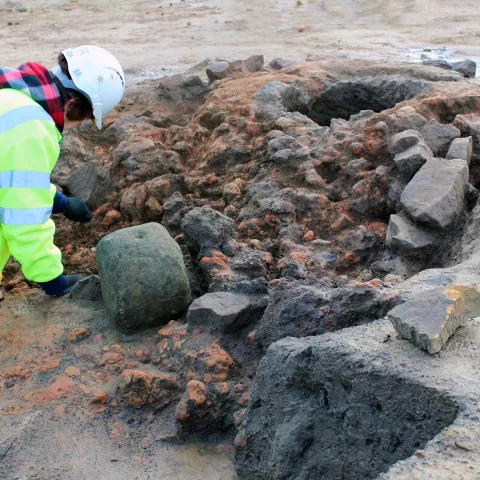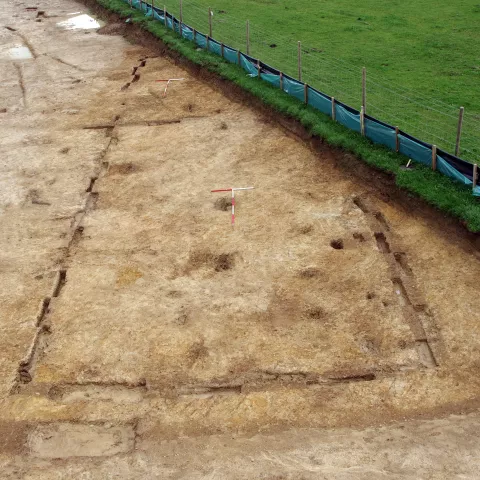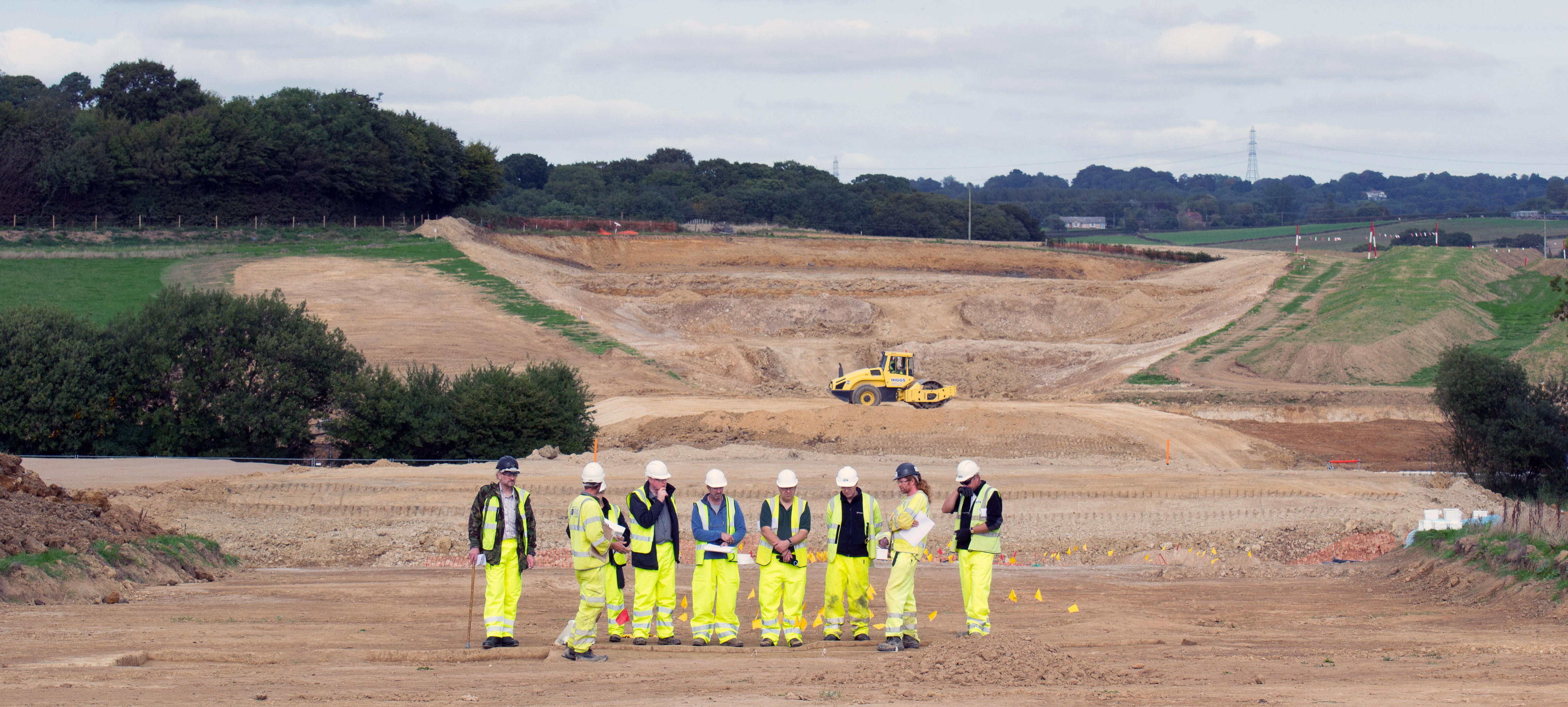 Archaeological investigations carried out in Combe Haven, East Sussex, prior to the construction of the Bexhill to Hastings Link Road revealed evidence for activity extending from the end of the Palaeolithic period to the Anglo-Saxon period. The highlights include numerous in situ Mesolithic flint scatters, dating throughout that period, a series of early and middle Bronze Age burnt mounds, a well-preserved Roman iron production site, and an Anglo-Saxon agricultural site. The evidence from the excavated sites is complemented by geoarchaeological and environmental investigations which chart the development of Combe Haven.
Archaeological investigations carried out in Combe Haven, East Sussex, prior to the construction of the Bexhill to Hastings Link Road revealed evidence for activity extending from the end of the Palaeolithic period to the Anglo-Saxon period. The highlights include numerous in situ Mesolithic flint scatters, dating throughout that period, a series of early and middle Bronze Age burnt mounds, a well-preserved Roman iron production site, and an Anglo-Saxon agricultural site. The evidence from the excavated sites is complemented by geoarchaeological and environmental investigations which chart the development of Combe Haven.
Season 2: Day 11
Day 11 and we have sunshine, volunteers and a spring in our step.

